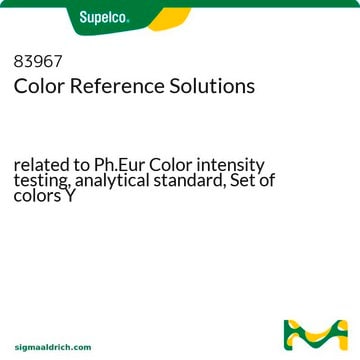CLS3799
Corning® 96 Well TC-Treated Microplates
size 96 wells, clear, polystyrene, round bottom, case of 50 (individually wrapped), sterile, lid
Synonym(s):
cell culture plate, tissue culture plates, well plates
About This Item
Recommended Products
material
clear
clear bottom
polystyrene
round bottom
sterility
sterile; γ-irradiated by SER-TAIN™ process
sterile
quality
tissue-culture treated
feature
lid
skirt
packaging
case of 50 (individually wrapped)
manufacturer/tradename
Corning 3799
size
96 wells
well diam.
6.4 mm
well volume
330 μL
well working volume
75-200 μL
color
clear
binding type
Tissue Culture (TC)-treated surface
Looking for similar products? Visit Product Comparison Guide
Related Categories
General description
Features and Benefits
- Corning® 96 well microplates support various application requirements.
- Tissue culture-treated (TC-treated) polystyrene surface is used for the attachment and growth of anchorage-dependent cells.
- The round bottom is usually the best choice for washing, retrieving and sample auto-centering.
Legal Information
Certificates of Analysis (COA)
Search for Certificates of Analysis (COA) by entering the products Lot/Batch Number. Lot and Batch Numbers can be found on a product’s label following the words ‘Lot’ or ‘Batch’.
Already Own This Product?
Find documentation for the products that you have recently purchased in the Document Library.
Customers Also Viewed
Our team of scientists has experience in all areas of research including Life Science, Material Science, Chemical Synthesis, Chromatography, Analytical and many others.
Contact Technical Service










